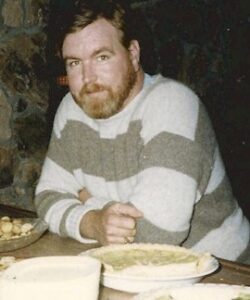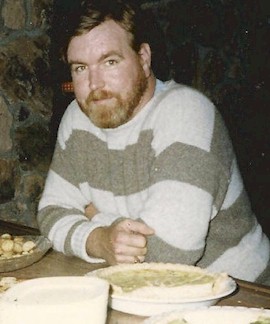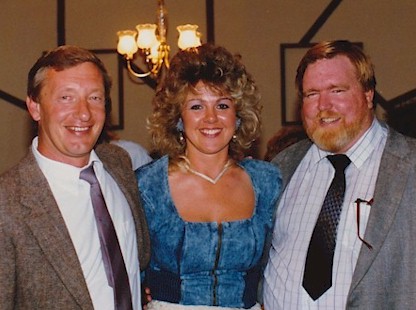 What a rough week for Maryland. It is with great sadness that we announce former Maryland International Raceway (MIR) track owner, Larry Clayton, passed away Sunday night at his home in Las Vegas, NV where he lived with his loving wife, Nancy.
What a rough week for Maryland. It is with great sadness that we announce former Maryland International Raceway (MIR) track owner, Larry Clayton, passed away Sunday night at his home in Las Vegas, NV where he lived with his loving wife, Nancy.
Larry would have been 77 years old in June. He had been bravely battling serious health issues for several months.
Larry and business partner Tod Mack purchased MIR in 1972 and ran the facility until Royce Miller leased it in 1990. The pair were visionaries and an unstoppable combination in the drag racing world. They assisted with the creation of the first ever ET Bracket Finals program in the 1970’s before NHRA took over a handful of years later. They brought the US Pro Stock Open in 1975, which would later become the Mountain Motor Nationals.
The first ever “four wide” Funny Car match would also take place at MIR. While Larry was a “behind the scenes” personality, he ensured the finances were right, the racers and fans were treated fairly, and that every move was backed up with solid counsel and business acumen. Together, they took the humble St Mary’s Dragway and turned it into the trend setting and internationally recognized Maryland International Raceway.
Larry’s wishes were that there be no special services following his passing and that his ashes be spread on the grounds of Maryland International Raceway. Our sincerest condolences to Nancy, Larry’s family, and his many friends. Please remember him in your prayers.
Royce Miller, current owner of Maryland International Raceway, stated “Larry was a one-of-a-kind individual and I always enjoyed working with him. In his retirement years he lived in Las Vegas, but he would keep up with all the local news and happenings in Southern Maryland and alert me to anything that may affect the track. I will miss having him watching my back. I was so fortunate to have a great phone conversation with Larry the week before his passing, and we talked about old times and had several laughs. We will honor his final wishes and Larry will always be a major part of MIR history.”




